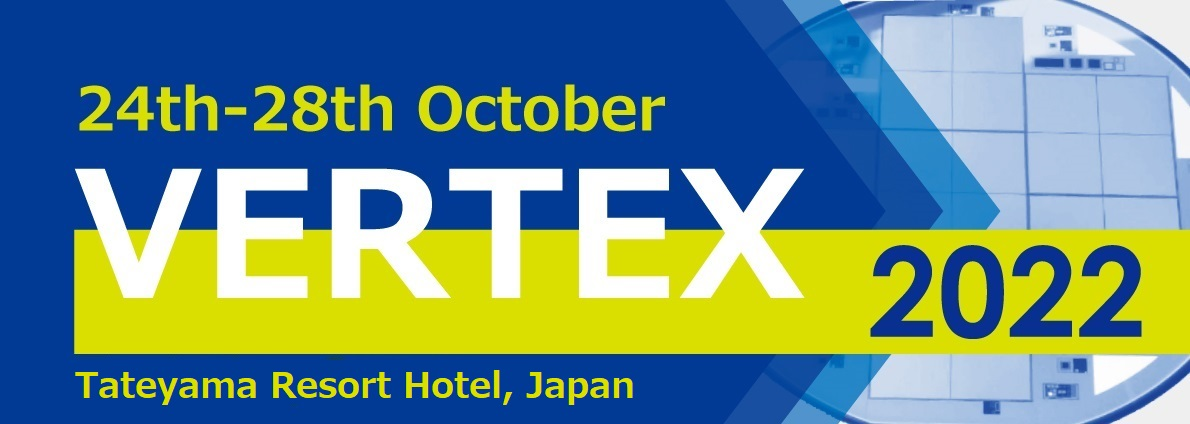Speaker
Description
The development of depleted monolithic active pixel sensors ("DMAPS") aims to meet the hit-rate and radiation-hardness requirements of tracker systems in modern and future particle collider experiments. These devices use multi-well commercial CMOS processes to integrate sensor, front-end and read-out electronics in a single piece of silicon. Their radiation tolerance is enhanced through design efforts and the use of large enough voltages in highly resistive substrates to collect charge mainly by drift.
"LF-Monopix2" and "TJ-Monopix2" are the second generation of "Monopix" DMAPS prototypes fabricated in $\mathrm{150\,nm}$ and $\mathrm{180\,nm}$ CMOS processes, respectively. Both devices implement a fully functional column-drain read-out architecture at a reticle-size scale, but differ on the concept used for pixel design. LF-Monopix2 has each pixel’s full front-end and read-out circuitry placed and isolated inside a charge collection node of a size comparable to the pixel area. On the other hand, TJ-Monopix2 separates all electronics from its small electrode within the pixel and uses process modifications to enhance its charge collection capabilities. The chips inherited and improved radiation-hard designs tested in their direct predecessors, while also reducing their pixel sizes and increasing their active column lengths to $\mathrm{1.7}$ centimeters.
The design and latest test results of unirradiated Monopix2 chips are presented. Their front-end performance was quantified according to their response to injected test pulses or radioactive sources. Moreover, a high and uniform in-time detection efficiency was measured on a test beam campaign for a successfully thinned-down and fully depleted LF-Monopix2.
| contact person e-mail | id.caicedo@cern.ch |
|---|
